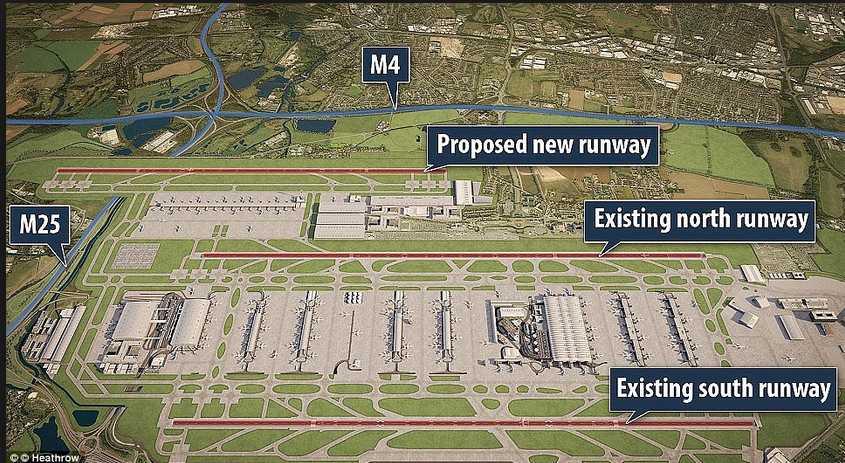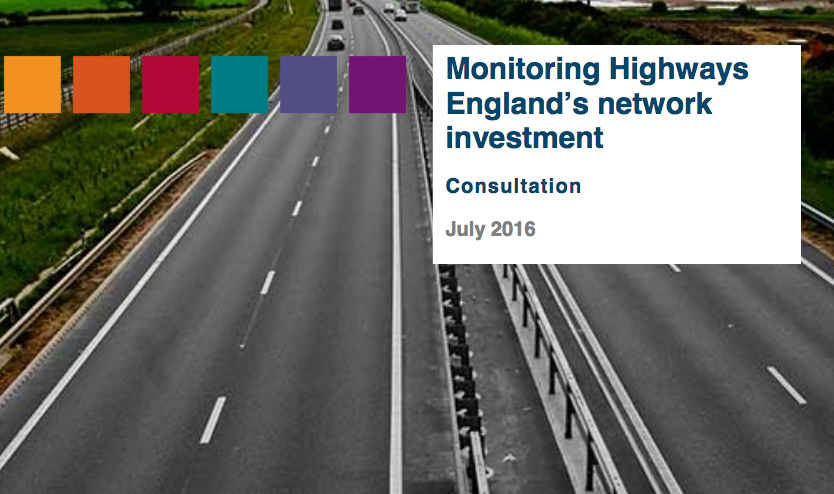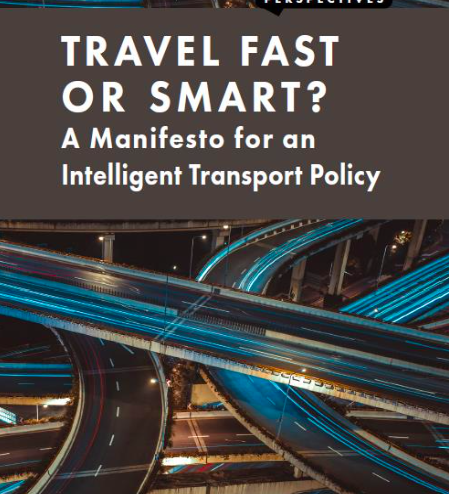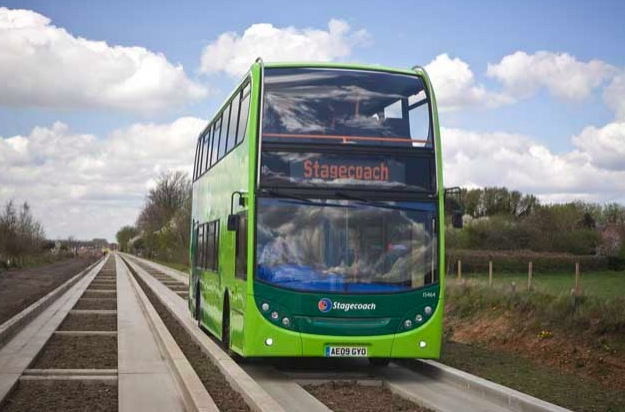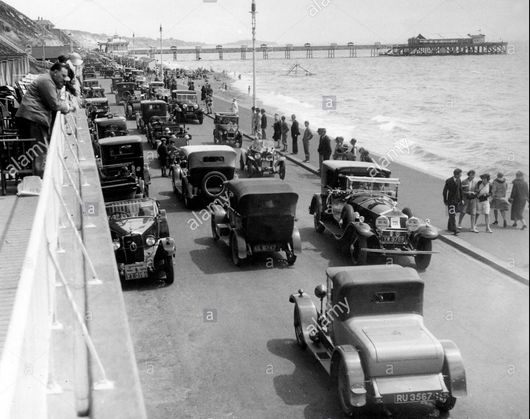My new book published on 1 September is one in a series of short books on policy and economics topics described as ‘essays on big ideas by leading writers’. My contribution is a critique of the inconsistencies of transport policy in recent decades, which I attribute to the shortcomings of conventional transport economic appraisal in identifying the benefits that arise from investment. A column in The Spectator magazine of 26 September described my book as ‘excellent throughout’. My book, Travel Fast or Smart?, is available both in print and as an ebook from Amazon Books.
Yesterday the Government endorsed the proposal to build a third runway at Heathrow, as recommended by the Airports Commission in its final report of July 2015.
There has been much agonising, mainly on account of the environmental impact – noise and local air pollution – of adding capacity to an already large airport within the bounds of London. MPs representing affected constituencies are generally opposed, with Conservatives reportedly to be given some licence to speak their minds. The Mayor of London, Sadiq Khan, is also opposed, preferring expansion at Gatwick, well away from his domain.
But yesterday’s decision is less the beginning of the end, more the end of the beginning. The process for delivering planning consent for airport expansion will include an ‘Airports National Policy Statement’ (NPS), following which the scheme promoter would need to apply for a development consent order. Such National Policy Statements for infrastructure developments are a statutory requirement, involving a process of public consultation of a draft document and parliamentary scrutiny, before being finalised. They provide the framework within which Planning Inspectors make their recommendations on specific planning applications, and are intended to prevent national issues being reopened at planning inquiries.
Consultation on the Airports NPS would probably take around a year, given the range and contention of the issues involved, and would allow all parties to have their say. Concerns about local air pollution will be prominent. Unpublished (and disputed) research at Cambridge University is reported as arguing that the marginal increase in NO2 associated with airport expansion would be against the background of reduced NO2 from other traffic, because of Euro 6 engines and electrification of the traffic fleet.
There are also questions about the affordability of a third runway at Heathrow. Willie Walsh, chief executive of British Airways, has questioned the costs of expansion and the impact on landing charges: “I honestly can’t see how you can spend that much money on an airport and not discourage people from flying there.
Gatwick Airport has been arguing vigorously that it should be allowed to add another runway, which would be built faster, be less costly and have less environmental impact than Heathrow. An issue for the Airports NPS is whether Gatwick should have the option of expanding, as well as Heathrow, to achieve more competition. However, the owners of Stansted say they would launch a legal challenge were both Gatwick and Heathrow to be given the go-ahead, on the grounds that they had not been given the opportunity to present their own case for expansion.
When the draft NPS comes to be scrutinised in Parliament, there will be probing questions, not least from the All Party Parliamentary Group on Heathrow, which has identified sixteen serious risks that could stop or delay expansion. There is bound to be a vote to ratify the NPS, which likely to be a free vote to allow dissenting Conservative MPs to register the unhappiness of their constituents – so no assured outcome.
Evidently, there is a long way to go before construction could start at Heathrow. The timeline includes publication of the draft Airports NPS, public consultation, the Government’s response, parliamentary scrutiny and endorsement (all of which could take a year), a public examination by a Planning Inspector of the detailed plans (which could take another year), the Inspectors report, and the Secretary of State’s decision. In the meantime the finances would need to be agreed, including the necessary increase in airport landing charges to recover the costs, and the financing of surface transport provision.
It is worth recalling that planning consent for the Hinkley C nuclear power station was originally given in 1990, following a year-long public inquiry, but agreement to begin construction was reached only in September 2016. The delay was mainly due to difficulties about financing a plant that generates high cost electricity – a salutary warning of the length of time it can take for large contentious infrastructure proposals even to get to the point of starting construction.
A version of this article was published in The Conversation

